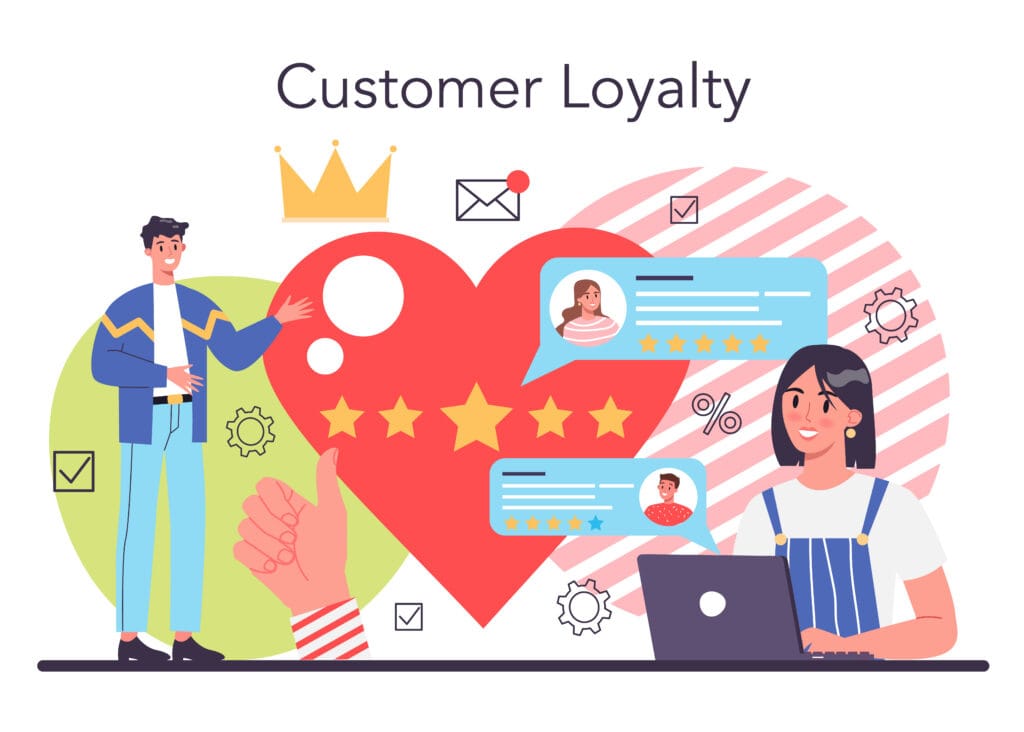In today’s digital age, online competition is fierce, and every click on your website costs money. So, how do you ensure that visitors who have already shown interest in your products or services come back to complete a purchase or any other desired action? Retargeting strategies are the answer that can help you turn visitors into paying customers. 🚀
In this article, we will explore how retargeting strategies work, why they are crucial for your website, and how you can implement them to improve conversions.
What is Retargeting Strategy?
A retargeting strategy (also known as remarketing) is a marketing technique aimed at users who have previously visited your website but didn’t complete a desired action, such as making a purchase, registering, or filling out a contact form. This approach allows you to reconnect with these visitors through targeted ads, increasing the likelihood of them returning and completing their intended action.
Retargeting uses cookies and tracking pixels that collect data on user behavior on your website. Once a user leaves your site, ads can be displayed to them across different platforms (Facebook, Instagram, Google), bringing them back to your page.
Why is Retargeting Strategy So Effective?
- Increases conversions: If a user has already visited your website and shown interest in your product or service, it’s far more likely they will return to complete a purchase if you remind them of your offer.
- Optimizes ad spend: Rather than trying to reach entirely new users, you focus on those who already know you and what you offer. Retargeting helps you target your ads to this group, increasing their relevance and reducing advertising costs.
- Increases brand awareness: Repeatedly showing your ads reinforces your brand presence and keeps your offer in the minds of potential customers.
Benefits of Retargeting Strategy for Your Website
- Higher conversion rate
A well-executed retargeting strategy delivers concrete results – if set up correctly, you can see a significant increase in conversions. Visitors who were on your site but didn’t complete the desired action can be targeted and encouraged to return and complete the purchase. This approach significantly boosts the chances that visitors will come back and convert. - Higher return on investment (ROI)
Targeting users who have already shown interest saves money on advertising. Ads aimed at already “interested” visitors tend to have much higher ROI than broader campaigns. - Personalized ads
Retargeting allows you to personalize your ads based on user behavior on your website. For example, if someone abandoned their shopping cart, you can offer them a discount or remind them of the products they viewed. Personalized ads tend to have up to 5x higher click-through rates (CTR) than generic ones.
How to Implement Retargeting Strategy on Your Website
- Set up and track visitors using analytics tools
The first step to implementing retargeting strategy is to set up tracking tools like Google Analytics and Facebook Pixel. These tools collect information on user behavior on your site and allow you to segment visitors based on their actions (e.g., who viewed a product but didn’t buy it). - Segment your visitors
Not every visitor is the same, so it’s essential to segment users based on their behavior. For example, you can create different lists for:- Visitors who viewed products but didn’t buy them.
- Users who started filling out an order form but didn’t complete it.
- People who visited your blog or submitted an inquiry but didn’t show specific interest.
- Create relevant ads
Make sure your ads are personalized. Use dynamic ads that show users the products they viewed or added to their cart. The more relevant the ad, the higher the chances of the user returning and completing the action. - Track and optimize campaigns
Retargeting strategy is an ongoing process that requires regular optimization. Measure the success of your campaigns and test different ad formats and copy. A/B testing will help you determine which ads and targeting are most effective for your audience.
Tools That Can Help with Retargeting Strategy
If you want your retargeting to be truly effective, use tools that simplify the management and optimization of your campaigns. Get2Leads specializes in websites that are not only visually attractive but also fully functional. We can help you set up SEO optimization, online reservations, chatbots, review management, and other tools that will simplify client relationships and boost the effectiveness of your retargeting campaigns.
Conclusion:
If you’re looking for a way to enhance your website’s performance, retargeting strategy is definitely a tool you should add to your marketing arsenal. Whether you are a small business looking to attract more customers or a larger company looking to optimize conversions, retargeting can help you get where you want to be – with a higher number of loyal customers.




